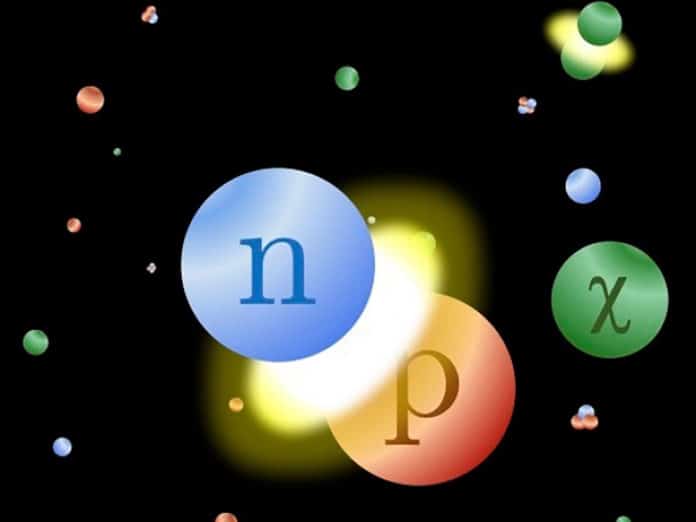There are other ways to learn more about dark matter besides dark matter experiments. We may know a lot about dark matter by making precise measurements of many cosmic characteristics, such as the proportion of helium in the universe or the temperatures of various particles in the early cosmos.
In new research, a team of physicists has developed a method for predicting the composition of dark matter. It establishes new ways to find these signatures in more complex models, which experiments continue to search for.
Scientists focused on big bang nucleosynthesis (BBN)—a process by which light forms of matter, such as helium, hydrogen, and lithium, are created. The presence of invisible dark matter affects the formation of these elements. The cosmic microwave background (CMB), the electromagnetic radiation produced by the combination of protons and electrons, is also essential to understanding these occurrences.
The team sought a means to spot the presence of a specific category of dark matter with a mass between that of the electron and the proton by creating models that considered both BBN and CMB.
Cara Giovanetti, a Ph.D. student in New York University’s Department of Physics and the lead author of the paper explains, “Such dark matter can modify the abundances of certain elements produced in the early universe and leave an imprint in the cosmic microwave background by modifying how quickly the universe expands.”
The team’s findings included predictions of cosmic fingerprints connected to specific types of dark matter. These signatures result from dark matter altering various particle temperatures or the rate at which the cosmos expands.
Their findings demonstrated that too-light dark matter would produce differing amounts of light elements than what astronomical observations can detect.
Giovanetti said, “Lighter forms of dark matter might make the universe expand so fast that these elements don’t have a chance to form. We learn from our analysis that some models of dark matter can’t have a mass that’s too small, otherwise, the universe would look different from the one we observe.”
Journal Reference:
- Cara Giovanetti, Mariangela Lisanti, Hongwan Liu, and Joshua T. Ruderman. Joint Cosmic Microwave Background and Big Bang Nucleosynthesis Constraints on Light Dark Sectors with Dark Radiation. Phys. Rev. Lett. 129, 021302 – Published 6 July 2022. DOI: 10.1103/PhysRevLett.129.021302
